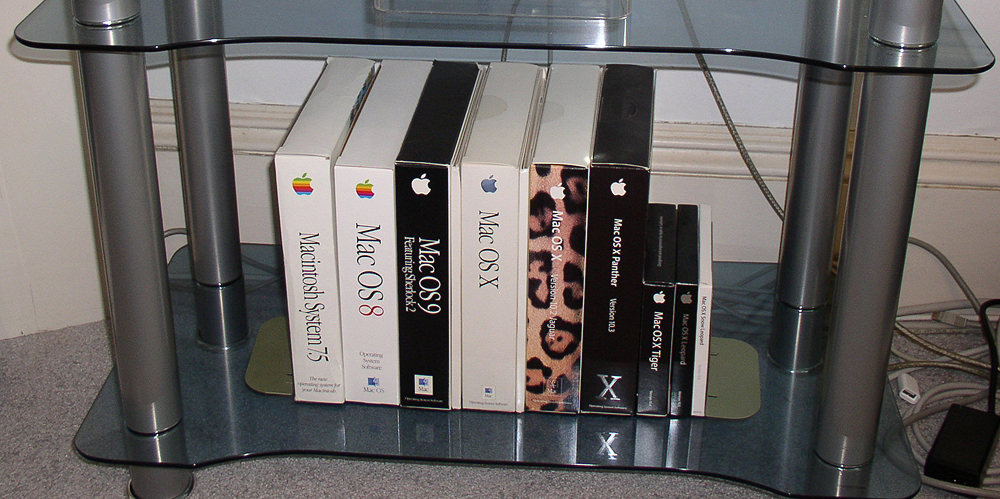

Everything besides JDK was installed using Android Studio. (I'm tempted to put some extra ram in the old N270 netbook and see how it does there.I am on MacOS running Qt Creator 4.9.2 based on QT 5.12.4 (Clang 10) 64 bit. (Let alone a 1.5GHz mini booting OS9, which blows away all the powermacs in most numbers benchmarks.)įor most tourism tasks, the performance of whatever you happen to have is probably fine. I'd be curious on what the highest single-thread performing i5/i7/i9 chips can do these days and whether or not that currently exceeds, say, what one of the nicer/faster single-cpu G4 powermacs can do. highly dependent on what it is you need to do. Of course, as mentioned, this is an area where "win" is sort of. In terms of performance: yeah, newer microarchs should do better and emulation is mostly a single-threaded task, so this is a scenario where fewer faster cores with better IPC and higher clock speed will win. I've been meaning to have another go at it because I want to use it to make some ASIP6 best practices/how-to information documentation and perhaps do some of the testing with backup software, and because having an emulated OS9 machine around is just kind of handy, regardless. The problem it fixed for me was that the mouse cursor on the emulated Mac wouldn't stay matched up with where my actual mouse cursor was, and it was worse if I remotely accessed my PC (which I frequently do.) Using -device usb-tablet got me mousing working correctly. If you have a newer build and the mouse doesn't move at all (does it look like maybe the emulator or the emulation crashed?) then it might be a different problem. I haven't tried any newer builds of the software since a bit before then so I don't know if any of this has gotten better or worse. Qemu-system-ppc.exe -sdl -L pc-bios -boot c -M mac99 -m 512 -hda macos.img -netdev user,id=net0 -device sungem,netdev=net0 -device usb-tablet -device usb-kbd This is of course on Windows but here's the command I'm using, as of April 2019: I wonder if I can take my SheepShaver disk image and run it under QEMU. With QEMU, the config is all on the command line, so one instance is nicely separated from another and you won't screw anything else up just by running it. However, one thing I really like is that it doesn't have the config stickyness that Basilisk and SheepShaver seem to have, meaning, if you change the settings on one instance of those, it affects your ability to run another one on the same host system. I don't know what other people think of QEMU but it seems slower than other emulators (like Basilisk, SheepShaver or MiniVMac). Voila, a base system running 9.2.2 with Classzilla and functional networking.

Qemu-system-ppc -L pc-bios -boot c -m 512 -M mac99 -prom-env "auto-boot?=true" -prom-env "boot-args=-v" -prom-env "vga-ndrv?=true" -netdev user,id=network01 -device sungem,netdev=network01 -device usb-mouse -drive "file=Mac OS 9.2.2 for QEMU (2GB).dsk,format=raw,media=disk"
#Mac 9.2 emulator .exe#
exe from the executable name, and remove the -sdl command.
#Mac 9.2 emulator mac os#
I grabbed the launch command from the file "Qemu - Mac OS 9.2.2.bat" and modified it for the Mac. Create a folder to hold the disk image and copy it there.Ĥ. You'll need to be registered with MR to download a file of that size (about 500 MB).ģ. Download this build from Macintosh Repository for Windows: Just in case this is helpful to anyone, I was able to quickly get a 9.2.2 VM under OSX (Sierra, but probably doesn't matter) running under QEMU as follows.Ģ.


 0 kommentar(er)
0 kommentar(er)
